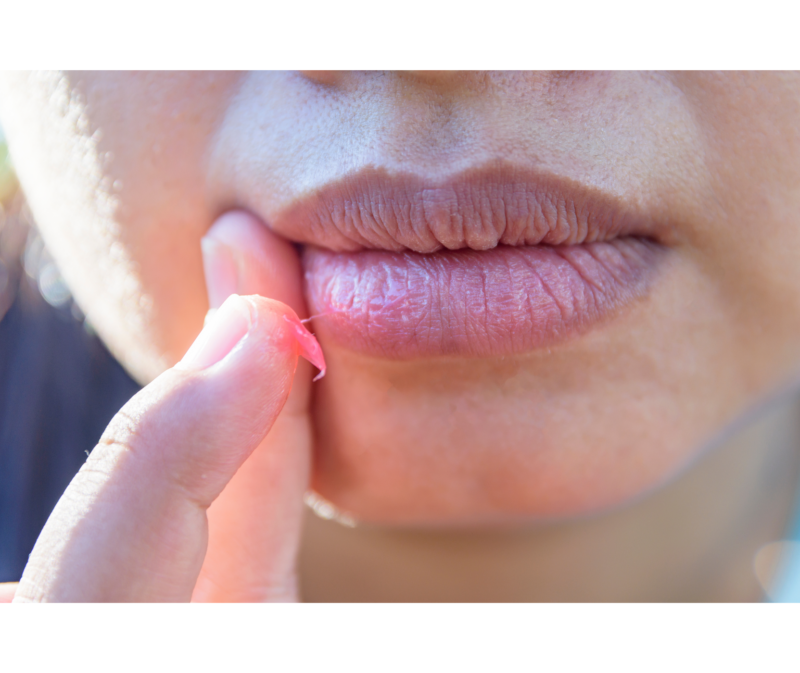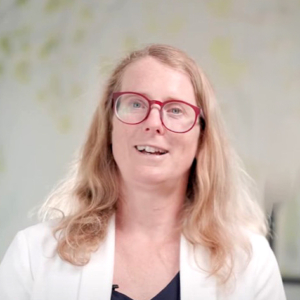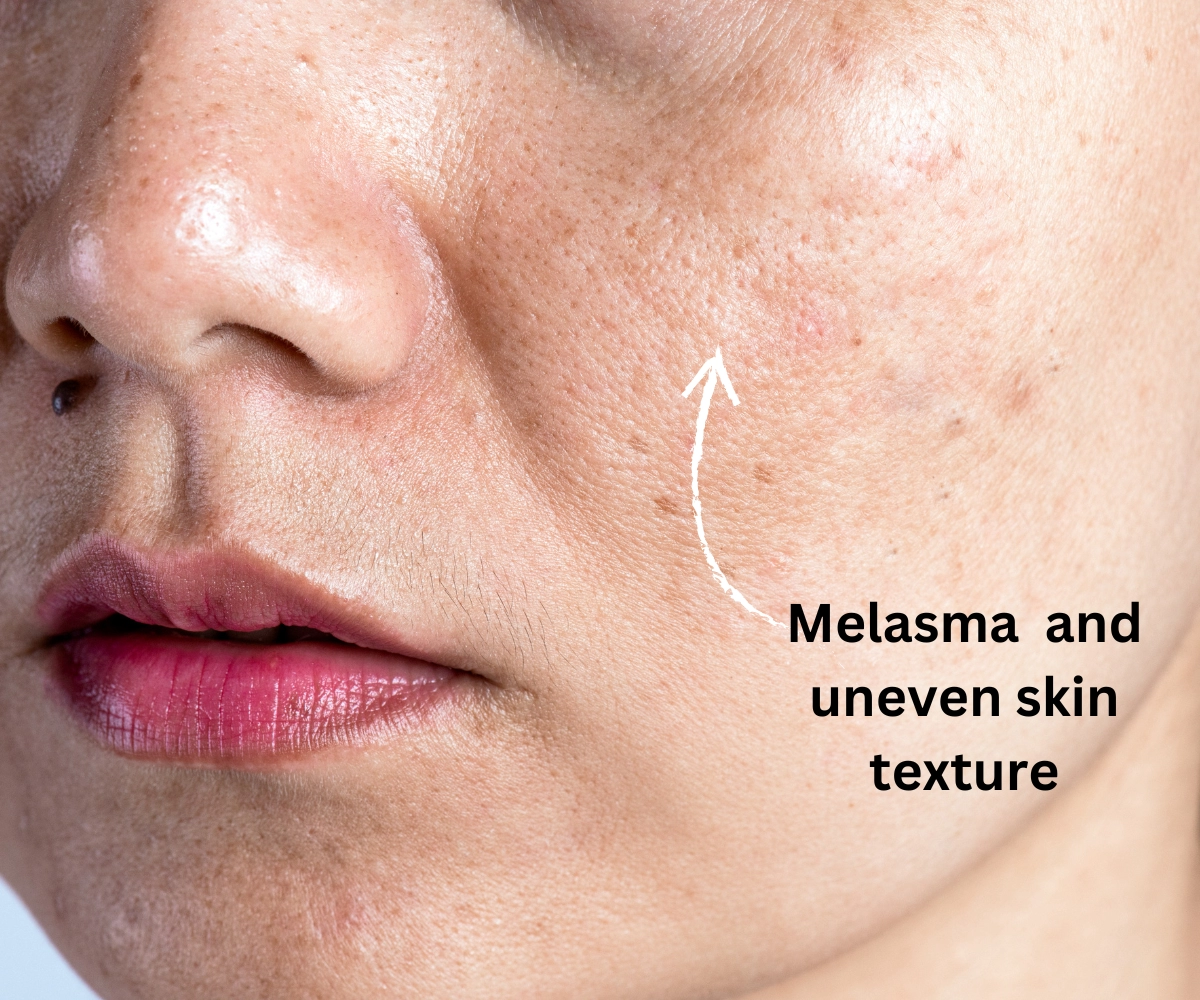
Unlocking the Truth: Lip Filler Safety Demystified
Are you worried about the safety of lip fillers? Many women get lip filler as a way to enhance their lips naturally. In fact, it is one of the most popular beauty treatments.
Lip fillers are safe when done by a qualified doctor or nurse who works with a doctor in the same clinic. Complications are uncommon, but your injector must be skilled to handle them if they happen.
It’s crucial to be well-informed before getting lip filler. We explain all the complications in detail to assist you. Please remember that most complications are rare and can often be prevented by a skilled injector.
What is lip filler?
Lip filler is a gel made of sugar called “hyaluronic acid” that naturally occurs in the skin. Tiny little molecules make up this sugar. We combine these tiny molecules in a laboratory to make a dermal filler. The more links the sugar molecules have, the closer the tiny molecules are together and the thicker the gel.
Extremely thick gels are quite strong and can help lift the face, whereas thinner gels help fill hollow areas of the face. Using a filler that is not too thick and stretches nicely with your lip movements is best for the lips.

What can go wrong with lip filler?
Again, lip fillers are considered safe if a doctor or nurse with comprehensive cosmetic qualifications performs them. But you must know everything about lip filler before you get a treatment. Let’s look at a few rare problems that can potentially arise.
Common
Pain or Discomfort
Getting lip filler can be uncomfortable; most people describe the pain as a 6 out of 10. However, there are ways to minimize discomfort during the procedure. One common method is the application of numbing cream to the lips before the treatment. This cream helps numb the area and reduce potential pain or discomfort.
On top of that, most types of dermal filler contain a local anesthetic that further reduces pain.
Before getting lip filler, talk to your doctor or nurse to discuss your worries and how to manage pain. They can provide guidance on the best approach to ensure a comfortable experience.
Swelling
Swelling can always happen after a lip filler treatment. Usually, the upper lip tends to swell up more than the lower lip. For some reason, some people may experience more swelling than others, and there is no clear explanation for this.
If you notice swelling,
- Apply an ice pack to your lips
- Make sure you rest so your body can heal.
- Use a second pillow to sleep on to elevate your head.
The swelling will usually settle within a day or two. In the unlikely event you get more severe swelling, we recommend seeing a doctor.
Bruising
Bruising can occur with injectable treatments, even with skilled professionals and small needles. But you can do a few things before your appointment to help prevent any bruising.
Here are a few tips:
·Use arnica cream for a few days before and after the procedure
·Do not take any anti-inflammatories the day before and during 2 or 4 days after lip filler
·Do not take blood thinning supplements such as omega three fish oil, liver cod oil, rap seed oil
·Eat pineapple the day before-it contains bromelin that helps prevent bruising
·Refrain from drinking alcohol the day before the treatment

Sometimes
Cold sores
Many people get cold sores in their lives, more or less often. The herpes virus type one causes cold sores.
This virus lives inside the small nerves close to our lips. During a lip filler treatment, this small nerve close to the lip can become irritated. As a result, the nerve releases more herpes viruses, which can result in unpleasant cold sores.
Your doctor must ask you if you have had cold sores in the past. If you get cold sores easily, the doctor will give you a few tablets (aciclovir) to prevent cold sores. Another option is to use lipstick that helps prevent cold sores, which will be less effective but have fewer side effects. A well-known lipstick that helps prevent cold sores because it contains alpine rose is the ASAP lip balm.
Lumps
It is normal to notice a few small lumps straight after lip filler. Over the next two weeks after the treatment, these will become smoother and almost not noticeable. Gentle massage may help to smooth these lumps.
When you need to worry about a lump
- It turns red
- It feels warm
- You notice discomfort or pain
- It lasts longer than two weeks
In this case, you must see a doctor to get it checked.
Infections
Infections can happen with any medical procedure. Please ensure you attend a well-established, clean clinic with high hygienic standards. Doctors can treat an infection with cream or tablets if you develop an infection. In some cases, it is necessary to dissolve the filler.
Asymmetry
Sometimes, one side of the lip may look a tiny little bit bigger than the other side. This is not always a problem, as it often looks more natural when both sides of the lips do not look exactly the same. Not everyone wants perfect symmetry because it can look unnatural, and people might notice if you had work done.
Rare
Allergic reactions
Lip fillers are safe as they contain hyaluronic acid, a natural component of our skin. Allergic reactions to FDA-approved lip fillers are not common. However, if they occur, the local anesthetic in the filler usually causes them.
Extremely Rare
Extremely rarely, serious complications can arise, and again, it is crucial that you put yourself into skilled hands. A highly qualified doctor can treat complications quickly and correctly, preventing further damage.
Vascular occlusion with lip filler
This is the most serious complication that can arise, but it is rare.
When the doctor mistakenly injects filler into a blood vessel in your lip, it causes a vascular occlusion. The filler will block the vessel, so the blood in that vessel will stop flowing.
When the blood does not flow, it can not transport oxygen and nutrients to the tissue the vessel normally supplies. As a result, that will damage the lip tissue. When this happens, a small part of the lip suddenly turns white. Over the next few days, the skin can turn dark and sometimes almost black.
The size of the wound depends on the size of the blocked vessel and how much tissue it supplies. It also depends on whether nearby vessels can supply the tissue instead of the blocked one.
The doctor will pick up on this complication if the lip turns white and the patient feels a sudden pain. If this happens, the doctor will stop injecting immediately and treat the area with an enzyme called “hyalase”. This enzyme helps dissolve the filler and reduces the damage. Often, the blockage will resolve with this treatment, but long-term damage can occur in a few people.
A study in 2021 determined that the risk of vascular occlusion is less than 1 in 5000 syringes of lip filler given. The study also found that most vascular occlusions are minor and will resolve without causing any major damage. The risk is also much lower if the injector has more than five years of dermal filler experience.
No Risk
Blindness
Blindness is an exceedingly rare but serious risk associated with dermal filler injections. The good news, however, is that, to date, there are no reported cases of blindness following lip filler treatments.
In summary
In summary, you must make a well-informed decision before you get lip filler. But please remember that lip fillers done by an experienced doctor are safe.
Please get in touch with Satini Cosmetic Clinic if you are considering getting lip filler.





